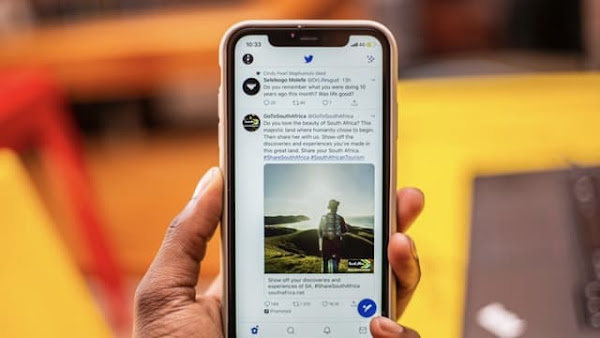Today, more and more often people talk about education 2.0 as one of the alternative models of learning development. An analysis of literary sources on this subject area shows that, as a rule, education 2.0 (e-learning 2.0) is understood as a set of basic principles that determine the educational strategies that are implemented with the help of virtual social networks and mobile Internet technologies.

In education 2.0, an important factor is the timely and relevant posting of scientific columns, essays, and articles of various scientific content. They have been part of education and development since the period of printed newspapers and magazines. An integral part of writing is the quality of explanation of the author’s thoughts. Often people with a mathematical talent do not have the skills for writing simply, so they turn to a professional with a request to edit my paper to get help. After editing, the article will not only contain the idea that the author is trying to bring to the reader, but it will be more convenient and interesting.
What social platforms and web 2.0 services best meet the goals and objectives of modern higher education?
We recommend using the following resources in educational methods:
- WordPress blogs, Livejournal, Blogspot and microblogging Twitter, SiriPro;
- PodOmatic podcasting, Mypodcast.Net;
- diverse Wikipedia, MediaWiki, PBwiki;
- social bookmarking Delicious, Diigo;
- social file sharing sites Scribd, SlideShare, Picasa,
- YouTube, Vimeo social video channels. Note that it is blogging and micro-blogging are currently among the most in-demand services in Education 2.0.
This raises the following questions:
- What are the main characteristics and features of microblogging on the Internet?
- Can we talk about microblogging as one of the platforms for virtual education?
- How high is the potential of microblogging for the creation of a new educational model on its basis?
Logically, the object of this work is the communicative characteristics of the Twitter microblogging service, and its subject is the use of Twitter in educational. The students discuss all updates among themselves. Forums are considered the most popular platform for sharing experiences, so check out helpful reddit reviews to get first-hand information.
The general goals of education, the design of curricula and programs, the features of management of students’ activities, their grouping, methods of control, and accountability include the educational system. The existing “classical” educational models divide into European, American, and Japanese. Each of them has its features and meets certain conditions of social development. First of all, we mean orientation to exact sciences or humanities, theoretical or practical training, detailed study of the old, or creation of the new by peculiarities. At the same time, the educational model includes both a system of learning and self-learning.
Let us consider Twitter from the perspective of its educational possibilities. Some scholars who develop the concepts of social media education 2.0 and distance learning emphasize that in the context of education emerging in the age of mobile technology and the availability of the Internet at school, we must fundamentally reconsider the entire educational paradigm. We must recognize that mobility and communication will play a leading role in the structure of the whole educational process in this system.
Twitter as a microblogging service on the Internet

Among microblogging services, the most popular is Twitter, which appeared in 2006. Based on a comparison of the number of users registered on microblogging, its main competitor is the microblogging service Jaiku, owned by Google. Gradually the popularity of microblogging services on the Internet began to grow, and in 2008-2010 a lot of news services with microblogging functions turned on all over the world. For example, Kevin Rose, the founder of the social bookmarking service Digg, developed Pownce, which combined microblogging with a “file exchange” function and the possibility to invite other Internet users (“invites”). Norwegian developers created a service called Folkstr, in which the microblogging function was integrated into the social networking service. In May 2008 we launched the Plurk project, which was distinguished by the timeline messages and a simpler way to make comments on posts. The popular social networks Facebook, MySpace, and Ning also have a microblogging function called status update.
Regarding the structural and communicative (service) characteristics of microblogging, we should pay attention to the following features:
- The possibility of tagging in microblogging is carried out with the help of hashtags.
- there is a limit to the amount of information transmitted (as a rule, from 140 to 200 characters);
- services can restrict access to private information and correspondence of users registered on the service;
- high degree of integration into another web 2.0 platforms.
At the same time, some researchers of tweeting identify several basic (structural) characteristics of this communication process.
First of all, these are:
- a high degree of interactivity of the resource;
- a clear focus on the addressee, (serving to constantly capture his attention with the use of the “@” symbol)
- A focus on collaboration through discussion in a thematic context;
- contextuality(focus on specific subject headings chosen by users)
Also, at its core, microblogging is a content-sharing and collaboration-oriented technology (collaborative technology), which is crucial for the development of the Education 2.0 model and the transition already to the new educational model – Education 3.0. We hope you find this guide helpful. If you have any questions, let us know in the comments below.